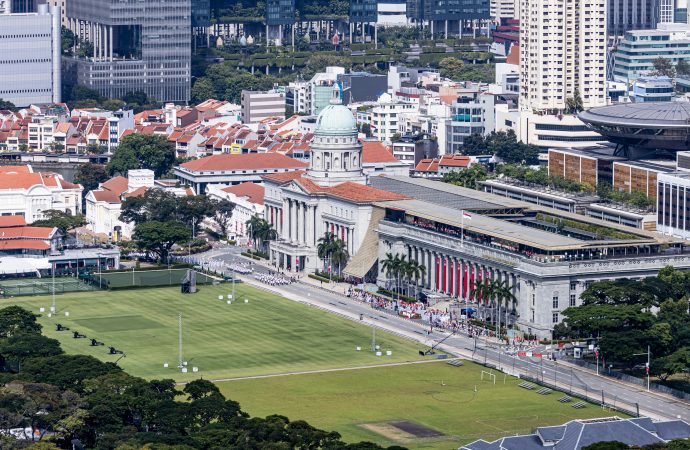The world is facing a critical environmental crisis, and governments worldwide are taking measures to address it. The Green Revolution is a term used to describe the global effort to transition to a more sustainable future. Governments are implementing eco-friendly measures to reduce carbon emissions, promote renewable energy, and protect natural resources. In this article,
The world is facing a critical environmental crisis, and governments worldwide are taking measures to address it. The Green Revolution is a term used to describe the global effort to transition to a more sustainable future. Governments are implementing eco-friendly measures to reduce carbon emissions, promote renewable energy, and protect natural resources. In this article, we will assess the government’s eco-friendly measures and their impact on the environment.
Reducing Carbon Emissions
Carbon emissions are one of the leading causes of climate change. Governments are taking measures to reduce carbon emissions by promoting the use of renewable energy sources such as wind, solar, and hydroelectric power. They are also implementing policies to reduce the use of fossil fuels, such as imposing taxes on carbon emissions and promoting electric vehicles.
For example, the European Union has set a target to reduce carbon emissions by 55% by 2030. The United States has rejoined the Paris Agreement and has set a goal to achieve net-zero carbon emissions by 2050. China, the world’s largest emitter of carbon dioxide, has pledged to reach peak carbon emissions by 2030 and achieve carbon neutrality by 2060.
Promoting Renewable Energy
Renewable energy sources such as wind, solar, and hydroelectric power are essential for a sustainable future. Governments are promoting the use of renewable energy by providing incentives for businesses and individuals to invest in renewable energy sources. They are also investing in research and development to improve the efficiency and affordability of renewable energy sources.
For example, Germany has set a target to generate 65% of its electricity from renewable sources by 2030. India has set a target to achieve 175 GW of renewable energy capacity by 2022. The United States has invested in research and development to improve the efficiency and affordability of renewable energy sources.
Protecting Natural Resources
Natural resources such as forests, oceans, and wildlife are essential for a sustainable future. Governments are implementing policies to protect natural resources by promoting sustainable land use, reducing deforestation, and protecting wildlife habitats.
For example, Brazil has implemented policies to reduce deforestation in the Amazon rainforest. The United States has established protected areas to preserve wildlife habitats. China has implemented policies to promote sustainable land use and protect natural resources.
Conclusion
The Green Revolution is a global effort to transition to a more sustainable future. Governments are taking measures to reduce carbon emissions, promote renewable energy, and protect natural resources. The impact of these measures on the environment is significant, but more needs to be done to achieve a sustainable future. It is essential for individuals and businesses to support eco-friendly measures and work together to create a better future for the planet.

















Leave a Comment
Your email address will not be published. Required fields are marked with *